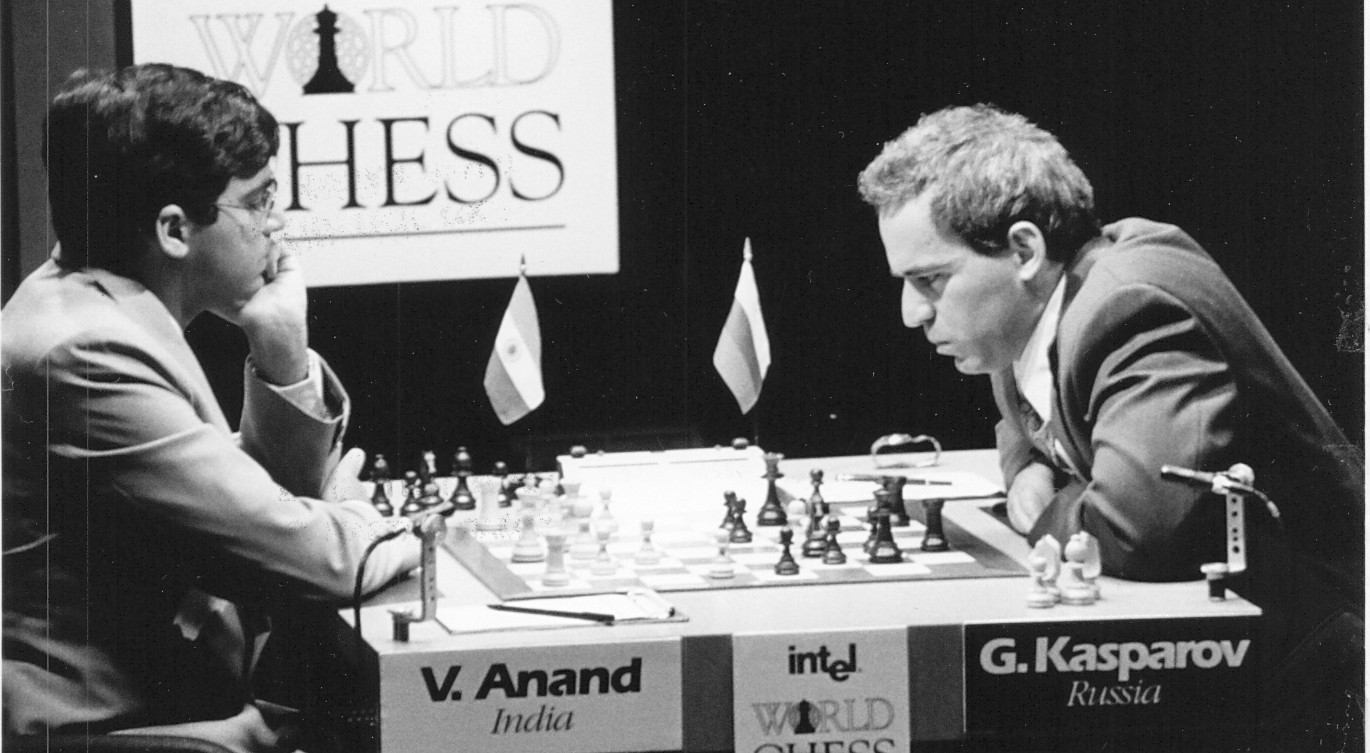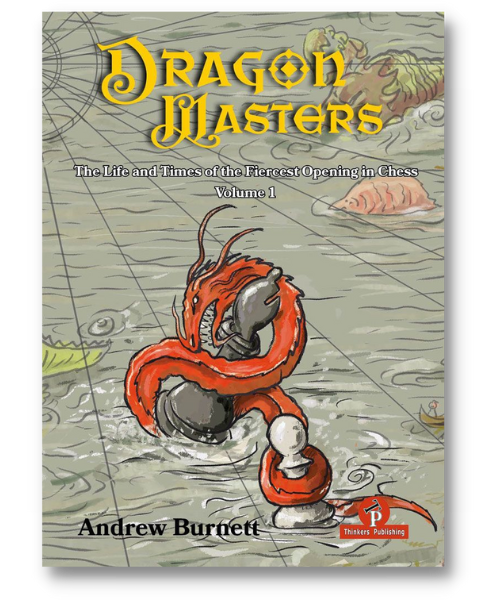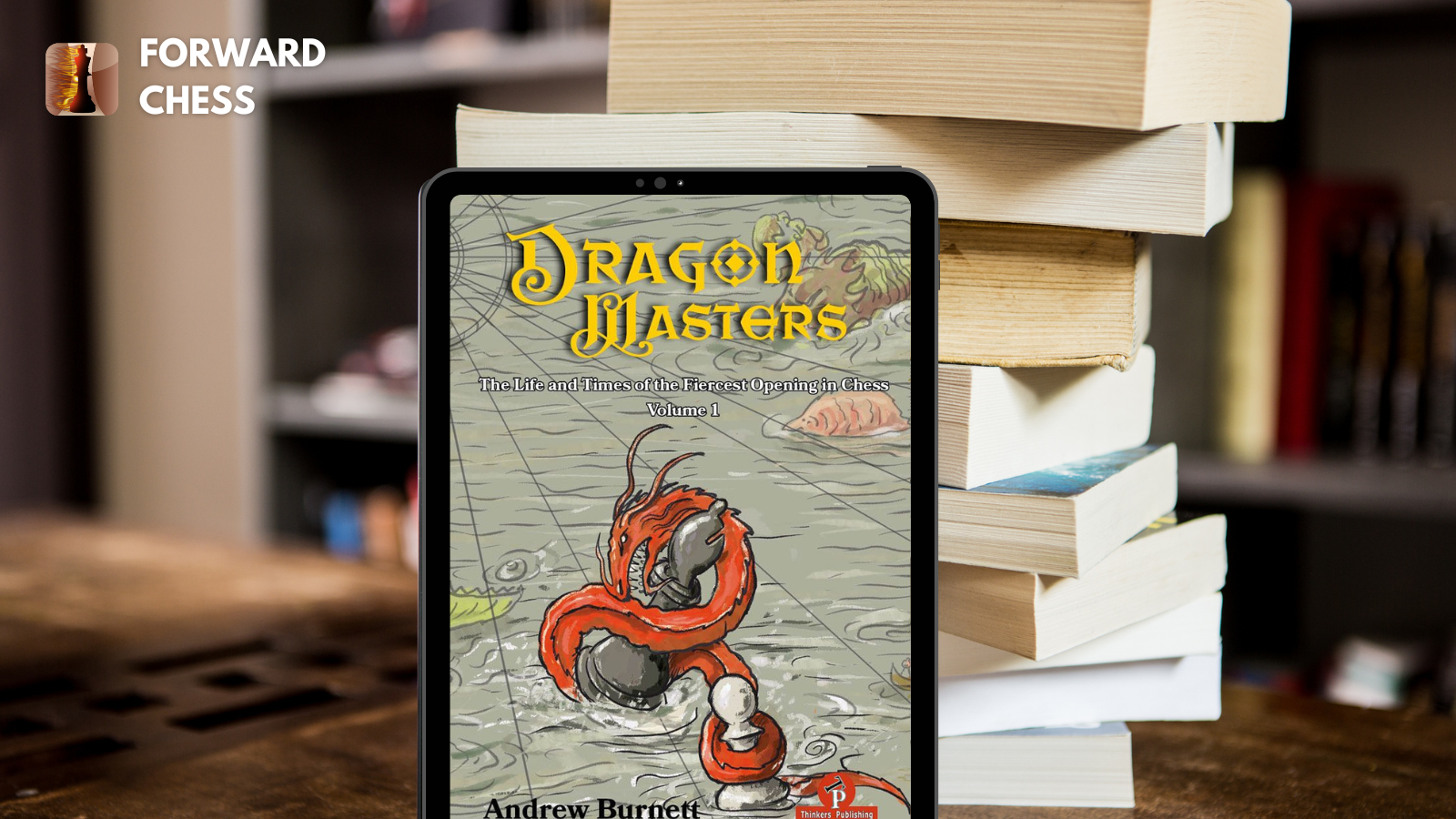There are some chess openings – such as the Grob and the Black Lion – which gain a cult following at club level. This is because they appeal to maverick players, who like to go their own way, but generally speaking such openings struggle to hold up against well-prepared opponents because realistically their theoretical status is not particularly healthy.
But one cult opening bucks the trend, has been played by several World Champions, and is also the subject of a fierce theoretical debate, driving the theory of the ever-forwards.
There is no opening quite like the Sicilian Dragon. Mikhail Botvinnik, never one to play an opening he didn’t fully believe in, used it at the very highest level and Garry Kasparov surprised the world in general – and his title opponent Vishy Anand in particular – to score two wins and a draw with the Dragon in the 1995 World Chess Championship match. It was a pivotal point in the match.

Anand had looked very comfortable in the match and Kasparov struggled to impose himself when in game 11 after 1.e4 c5 2.Nf3 d6 3.d4 cxd4 4.Nxd4 Nf6 5.Nc3, he eschewed his standard 5…a6 (the Najdorf Variation) in favor of 5…g6!
Back in those days, before the Internet became the beast it is today, we followed the live transmission of moves from World Championships via CEEFAX, and some viewers were convinced 5…g6 had been a mistake in the relaying of the moves.
The Dragon is steeped in history. Some elite players strive to build it up (Botvinnik and Kasparov, as already mentioned, for example) and others seek to tear it down (Bobby Fischer and Anatoly Karpov spring instantly to mind). Yet it keeps bouncing back and gaining new fans and the literature on this great opening continues to grow too.
The latest tome, Dragon Masters: Volume 1 by Andrew Burnett, is an essential addition to anyone’s collection, whether Dragon players or slayers.

The blurb points to a new approach, saying the book ‘charts the history of the most exciting and dangerous opening known to chess – the Dragon Variation of the Sicilian Defense. Unlike almost all other books on the Dragon, the focus is not purely on theoretical development. Instead, the author has combined the most historically important games, the famous players who chose to fight either side (sometimes both sides!) of the opening, and the most unexpected and interesting stories featuring the Dragon.’
The historical journey starts back in 1851 and volume one leaves the Dragon apparently stuck in the doldrums, with Anatoly Karpov’s crushing victory over Viktor Korchnoi in game two of their famous 1974 Candidates match. The story will be continued in ‘at least one, if not two further volumes.’
This fascinating book deserves the highest recommendation and the good news is that is just the first volume.
To show the sort of extraordinary moves that the reader can expect to see, I present this incredible snippet of Dragon action.
James Plaskett – William Watson
Brighton, 1983
It takes excellent nerves (for both players) to play like this.
Black looks to be in a bad way, facing the terrible threat of 19. Bxf6 with a complete demolition of his kingside defense, but a bombshell lands in the nick of time.
18…Bxg4!!
One point of this brilliant move – which is credited to Jonathan Mestel (‘a DragonMaster we will meet in volume two’) – is that 19. fxg4 will be met by 19…e5!, winning for Black.
19. Bxf6 Bh5!
An ingenious defense, just when the black kingside appeared to be on the point of complete collapse.
After further adventures, Black went on to win the game (0-1, 28).
The author makes it clear that this game sparked off his interest in the Dragon. ‘I can still picture myself playing through the game in Chess magazine, reaching 18…Bxg4 and 19…Bh5, and almost laughing at the genius of it all.’
Incidentally, Dragon fans with long memories and an appreciation of chess literature will be very interested to see that the book has been edited by David Levy, one of the first specialists in the defense.
It seems the Dragon is all set to live on, despite numerous attempts to put it to the sword.
Sean Marsh
Check out the book’s free sample, available on Forward Chess:
- Dover Books are finally here! - November 20, 2024
- Book Review: Moves 3 to 10 by Nery Strasman - August 9, 2024
- The Life and Games of Dragoljub Velimirovic (Volume 2) by Georg Mohr and Ana Velimirovic-Zorica - July 23, 2024
